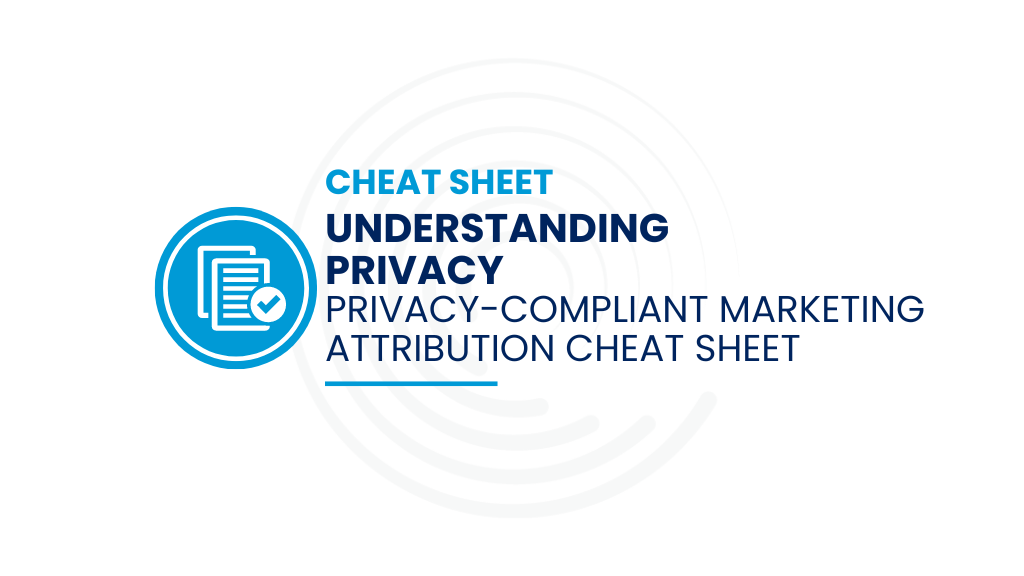In a recent article in Business Insider, Marketo CMO Sanjay Dholakia, proposes a four point plan on “How Companies Can Train Employees To Analyze Data Like Nate Silver.” Embrace the data explosion. Yep. Track performance to predict revenue. Makes sense. Win swing-state customers (those are the customer on the fence or changing sentiment about your solution). And gather as much data as you can over time. All good advice.
But what’s missing from this piece is a discussion on the tools to help you execute. What would a good tool look like to help you measure your success?
If your company uses salesforce.com, here are five things to look for in a top marketing performance management (MPM) tool:
1. Be sure you can accurately capture and access all the data from your marketing and sales programs.
Not just the first campaign touch, not just the last touch but all the touches that contribute — even the touches by your telesales and sales teams, and the outcome of all of those touches. If you don’t have all the data about how you acquired the customer, how can you understand the customer journey?
2. Measure results on both Leads and Contacts.
In Salesforce, a person can be stored as a Lead or a Contact. A Lead is designed to convert into an Account, Contact and Opportunity so you can track it’s progress through the sales cycle. But a Contact often has no status value and little process definition on how reps are supposed to engage and follow up with them. A good MPM system can measure the influence of pipeline and revenue by both Leads and Contacts in Salesforce.
3. Ensure you can create campaign attribution models.
Understanding the importance and value of a campaign is vital to making decisions on whether you should continue to invest in it. When reviewing tools for marketing analysis and marketing ROI, be sure there’s a way to create an attribution model with the parameters that you choose to be important (weighting based on Campaign Type, market segments, timing in the sales cycle etc.) and also be sure you can set up multiple models so you can easily compare models and assess what’s right for your company.
4. Be sure the tool stores the data in salesforce.com.
If your company is already investing in Salesforce as your CRM system, all your sales, marketing and service data should be stored right in salesforce.com. Why? Because sales is already working in Salesforce and in order for them to trust the marketing data it needs to live there too. Transparency across teams results in better collaboration and trust.
5. Be sure you can drill down on a report or chart so you can see the underlying data.
If you are trying to understand a trend, it’s important not just to see the trend line but also see what deals, campaigns, or customers are driving the trend. Even if the chart is pretty, you still may need to see the underlying data.
B2C marketers have already embraced big data and measuring customer behavior and campaign success. Now it’s time for Salesforce Marketing users to have the same opportunity.
Looking to build the right analytics solution for your company? Request a demo!




